There’s nothing like a cool glass of crisp wine on a hot summer day. Even better when served al fresco to a soundtrack of seagulls and a crashing surf. Can’t get away just yet, or back from holiday too soon? Whether you’re currently enjoying an ocean view or dreaming of a beach vacation, these wines embody the aromas, flavours and freshness of sipping seaside.
Vermentino from Coastal Italy
Vermentino grows throughout much of central and southern Italy, but truly thrives on the western coastlines of Tuscany and Liguria as well as Sardinia, where it is indisputably the island’s namesake white wine. In fact, Vermentino di Sardegna DOC is a classic expression of the wine: medium-bodied with delicate notes of sweet lemon and white peach, along with grassy wildflowers and fennel. Before you refill, take a moment to sniff the edges of the glass for a whiff of sun-warmed shrubs like bay, tarragon and oregano. For a fuller body and more intense finish, try Vermentino di Gallura DOCG, or Ligurian Vermentino DOC Colli di Luni. Vermentino is a perfect partner for delicate seafood dishes, from pasta with clams to baked fish or fried calamari.
Sauvignon Blanc from Marlborough, New Zealand
Located at the top of Te Waipounamu – also known as the South Island, the larger of New Zealand’s major islands – Marlborough, NZ is synonymous with bright, grassy Sauvignon Blancs and a cornucopia of brilliant tropical fruit notes like passionfruit, mango, melon and guava. The area is technically considered a cool-climate growing region; it’s mountainous and breezy but also sun-drenched, and lest we forget, an island. These wines pack a punch and work wonderfully with equally flavourful salads topped with grilled chicken or shrimp and crunchy, colourful vegetables.
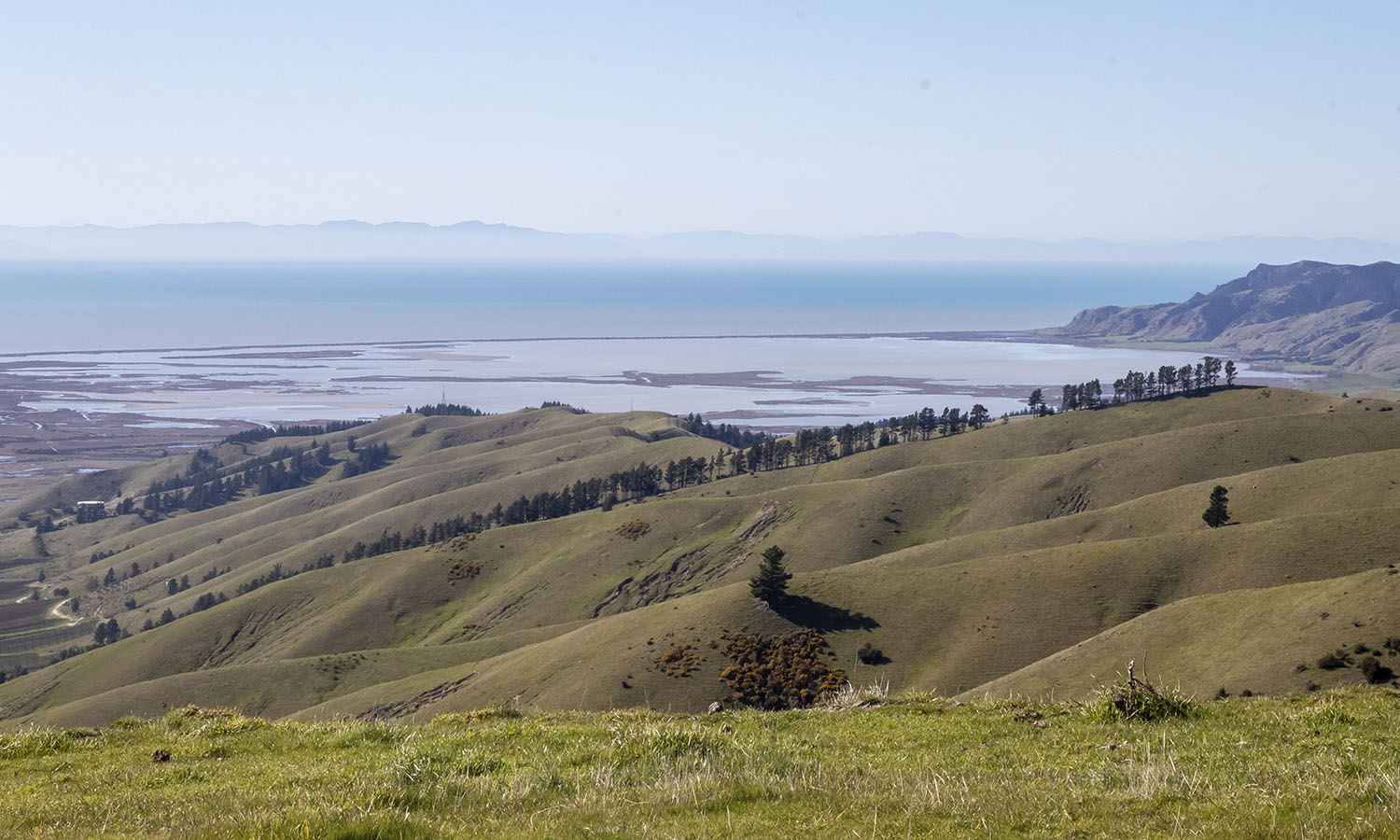
Pinot Blanc from Long Island, New York
Believe it or not, the sandy stretch of New York’s Long Island produces highly floral and characteristic Pinot Blancs with fruity notes of lemon, green apple and pear. These vineyards are planted mere miles from the sea, and the marine notes are evident immediately. For a particularly beachy treat, try pairing this wine with a plate of East Coast oysters.
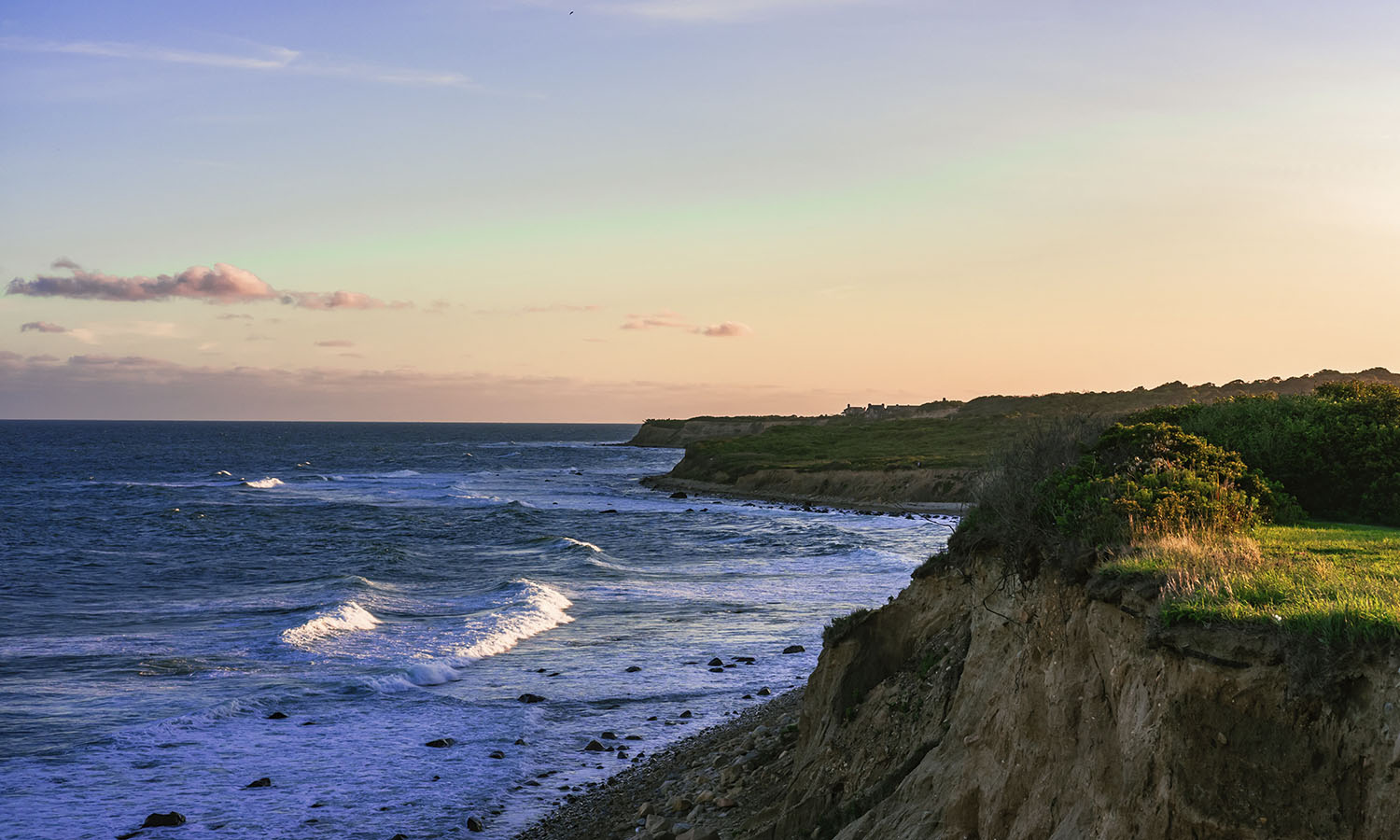
Malvasia Volcánica and Moscatel de Alejandría from Lanzarote, Canary Islands
The easternmost island of the Canary archipelago, Lanzarote is closer to Africa and the Western Sahara than it is to Spain. The heart of the island is desert-like and coated in strata of black, hardened lava. The windy and arid climate on the rest of Lanzarote might not seem suitable for grape growing, but where there’s a will there’s a wine!
A variety of white grapes, including opulently aromatic Malvasia Volcánica and Moscatel de Alejandría, thrive on the soil infused with volcanic dust, which helps to retain moisture. The vines are planted like hedges, with moon-shaped stone walls around each one to protect from the wind. The resulting wines (Lanzarote DOP) have a searing, stony minerality and sun-drenched aromas. Pair these with herb-roasted fish or the local Lanzarote specialty, spicy marinated tuna.
Vinho Verde from Minho, Portugal
Vinho Verde is located within the Minho province of Portugal in the northwest of the country. These wines’ fresh and youthful quality has a lot to do with the climate, which is heavily influenced by cool Atlantic breezes – that translates to scintillating acidity and juicy, explosive fruit notes, along with a distinctive sea salty note on the nose and the palate. Vinho Verde is not a reference to colour, but rather youth, as the wines are released as early as six months following production. The wines come in shades of red, white and rosé, and some are slightly naturally effervescent. The white versions have enjoyed the most popularity worldwide, and it’s easy to see why.
Vinho Verde is made from an assemblage of grapes, all bringing some personality to the blend. Arinto is fruit-forward with a bitter almond on the finish. Alvarinho, also known as Albariño in neighbouring Spain, and Avesso both bring a grapefruit, floral and stone fruit quality to the blend. Loureiro is opulent and aromatic, and Trajadura adds an element of green pear and lime, while Azal is pure lemon and brightness. Try them with delicate creamy cheeses, or quite simply from a lounge chair in the sun.
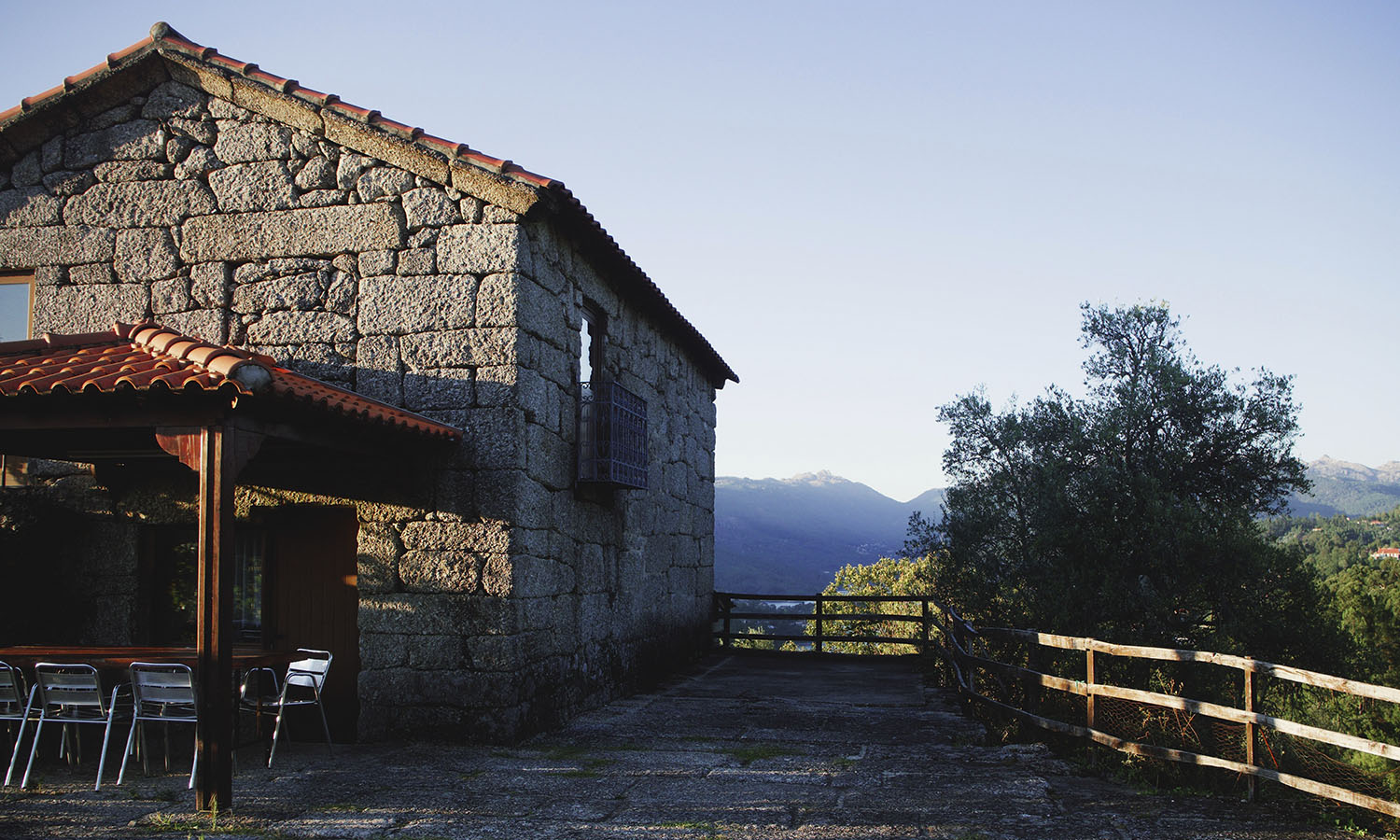
Assyrtiko PDO from Santorini, Greece
The Assyrtiko grape is indigenous to the Greek island of Santorini. Despite battering winds and relentless sunshine, and thanks to volcanic soils and possibly a little magic, the ancient variety maintains high levels of natural acidity and can age for years yet remain fresh and snappy. Assyrtiko Santorini, or simply Santorini PDO wines, can range from light and citrusy to rich and layered with notes of stone fruit like peach, yellow plum and apricot, and sweet floral aromas. Sea spray on the nose and a playful saline note on the finish is always reminiscent of the azure waters of the surrounding Mediterranean Sea. Pair Santorini Assyrtiko with grilled fish or octopus dishes seasoned with lemon and oregano.
AOC Côtes de Provence Rosé from Provence, France
A quintessential harbinger of the sunny seasons, Côtes de Provence Rosé is the essence of Riviera living. A distinctive pale salmon-pink colour, the wine is made from a signature blend of Rhône red grapes including Grenache, Syrah, Cinsault and Mourvèdre that have ripened on sun-kissed vineyards just inland from the sea. In Provence, vineyards and lavender fields bloom side-by-side, and in addition to delightful notes of strawberry tops, raspberry and watermelon, Provençal rosés exude an herbaceous and floral character reminiscent of local plant life. Consider it a breeze in a bottle. Hot (cool) tip: rosé on the rocks is absolutely allowed! The French called it rosé piscine, literally ‘pool rosé’. A classic pairing: Provençal-style mussels with tomatoes and herbs.
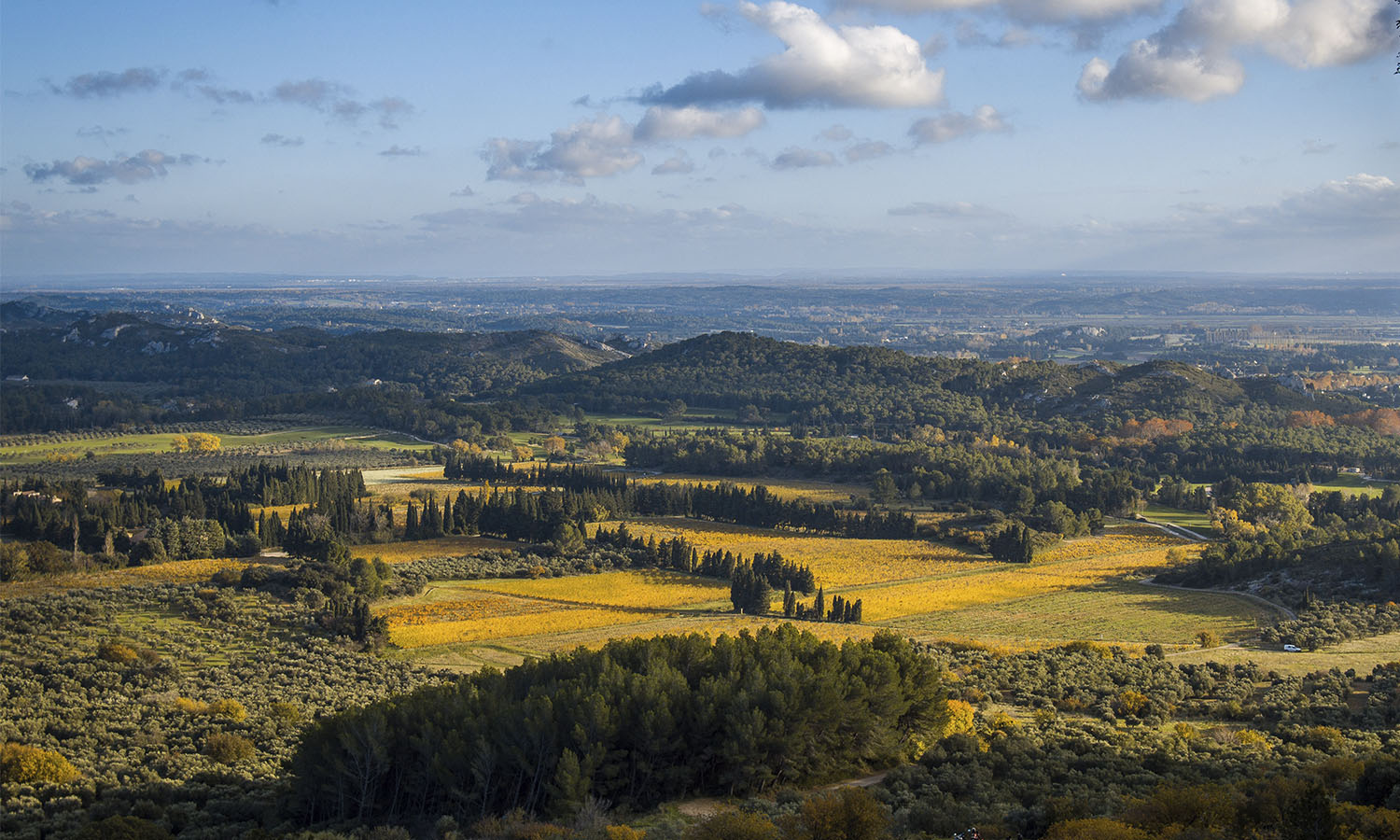
Sicilia DOC Bianco from Sicily, Italy
The rich, volcanic soils, varying altitudes, sunny climate and constant sea breezes translate to white wines with incredible character, both on the nose and the palate. The classification Sicilia DOC allows for the blending of several local indigenous grapes like Catarratto, Inzolia or Insolia (known as Ansonica in Tuscany), Grecanico, Moscato and Grillo, as well as international varieties like Chardonnay, Viognier and Sauvignon Blanc. Their flavour profiles vary based on the assemblage, altitude and location of the winery, but you can count on ripe fruit and floral aromas and a long, mineral, mouth-watering finish.
Should you see only one grape mentioned on the label, that means it’s the dominant variety in the blend (minimum 85%), so if you love the lemongrass and mango notes of Sauvignon Blanc or the creamy pink rose and juicy apricot notes of Moscato, keep your eyes on the prize. Sicilia DOC whites are a guaranteed match for seafood – whole fish grilled or baked – as well as pastas and even salads.
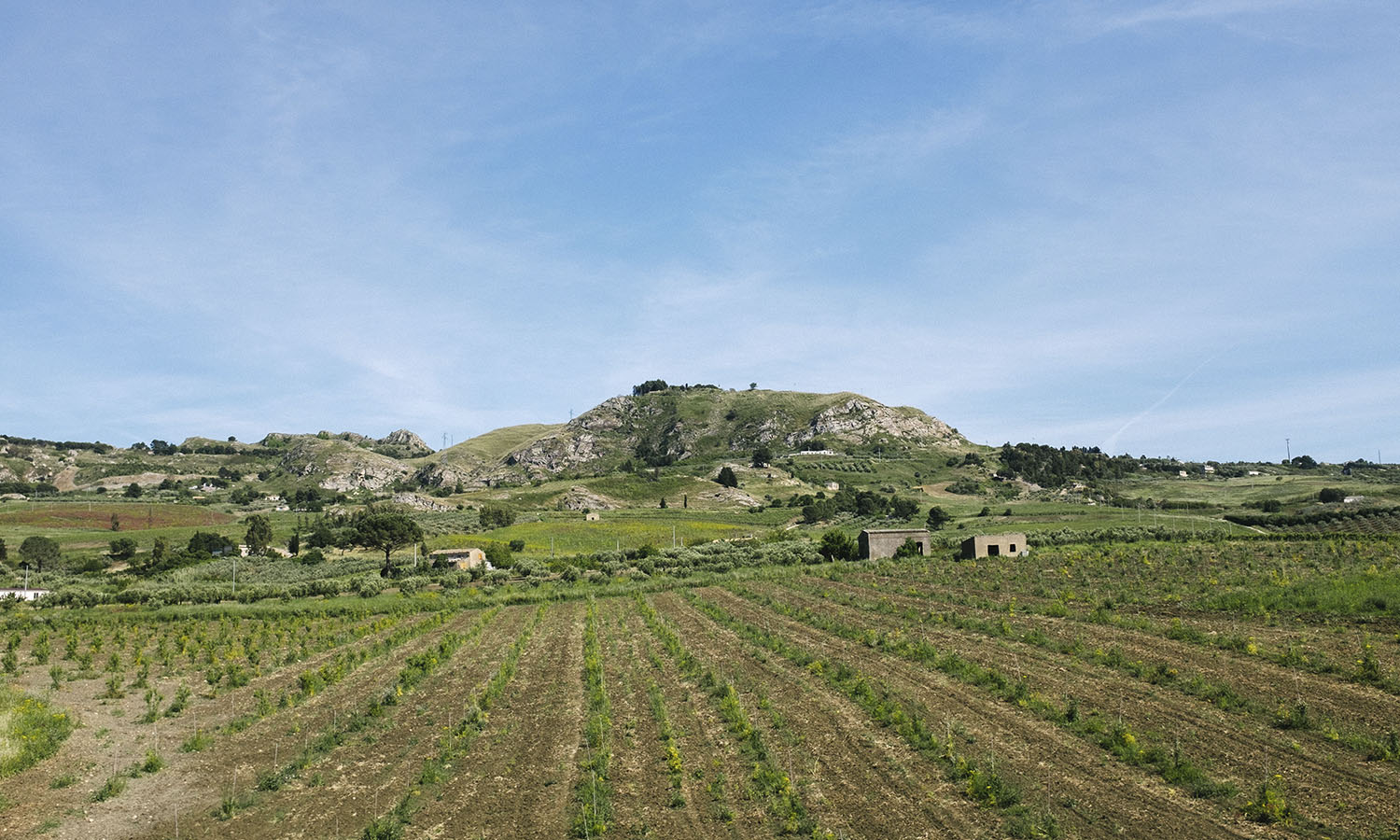

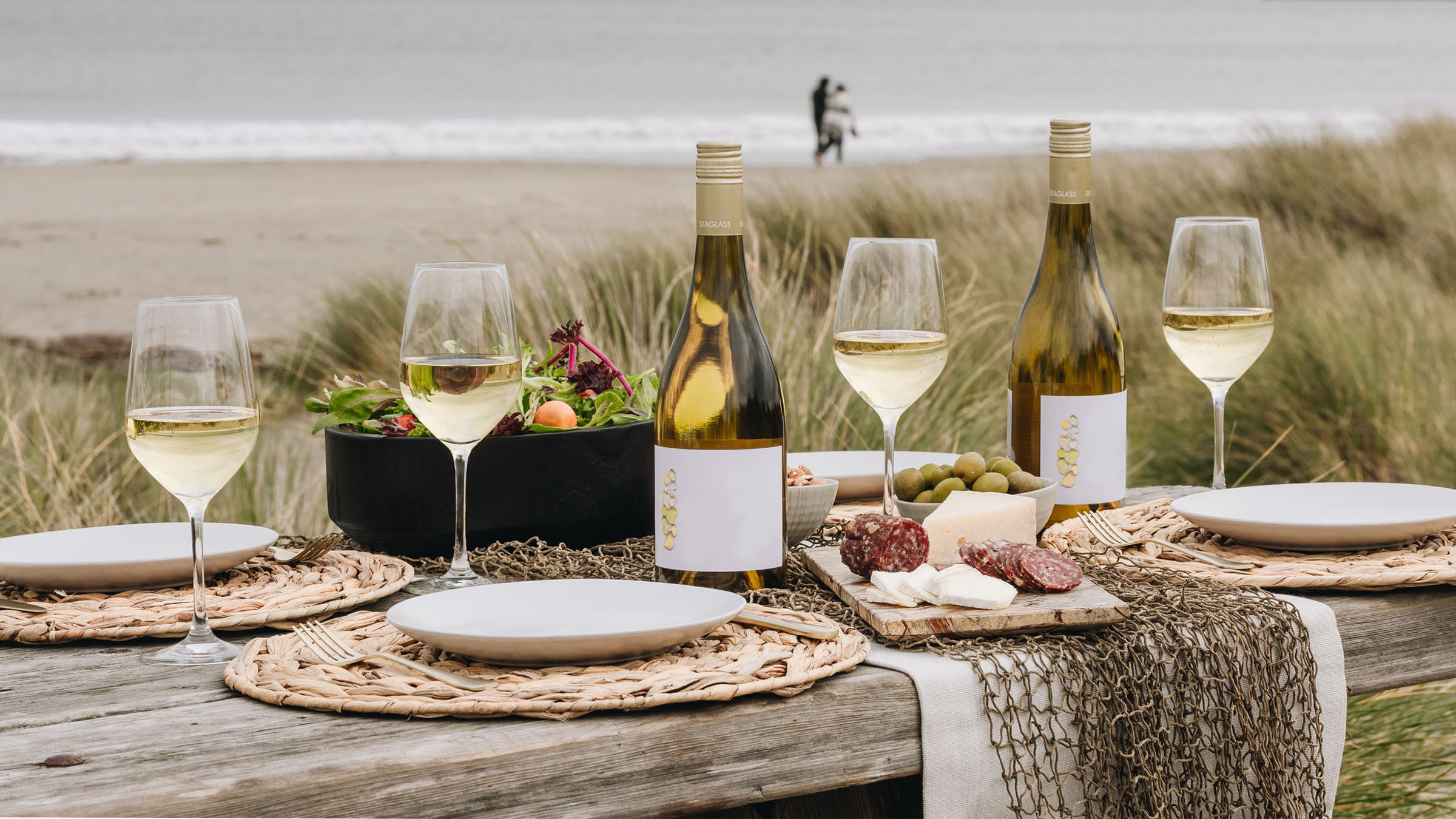
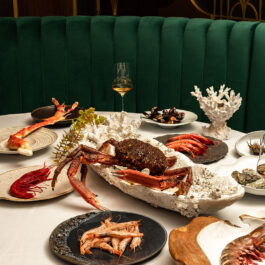











Sorry, the comment form is closed at this time.